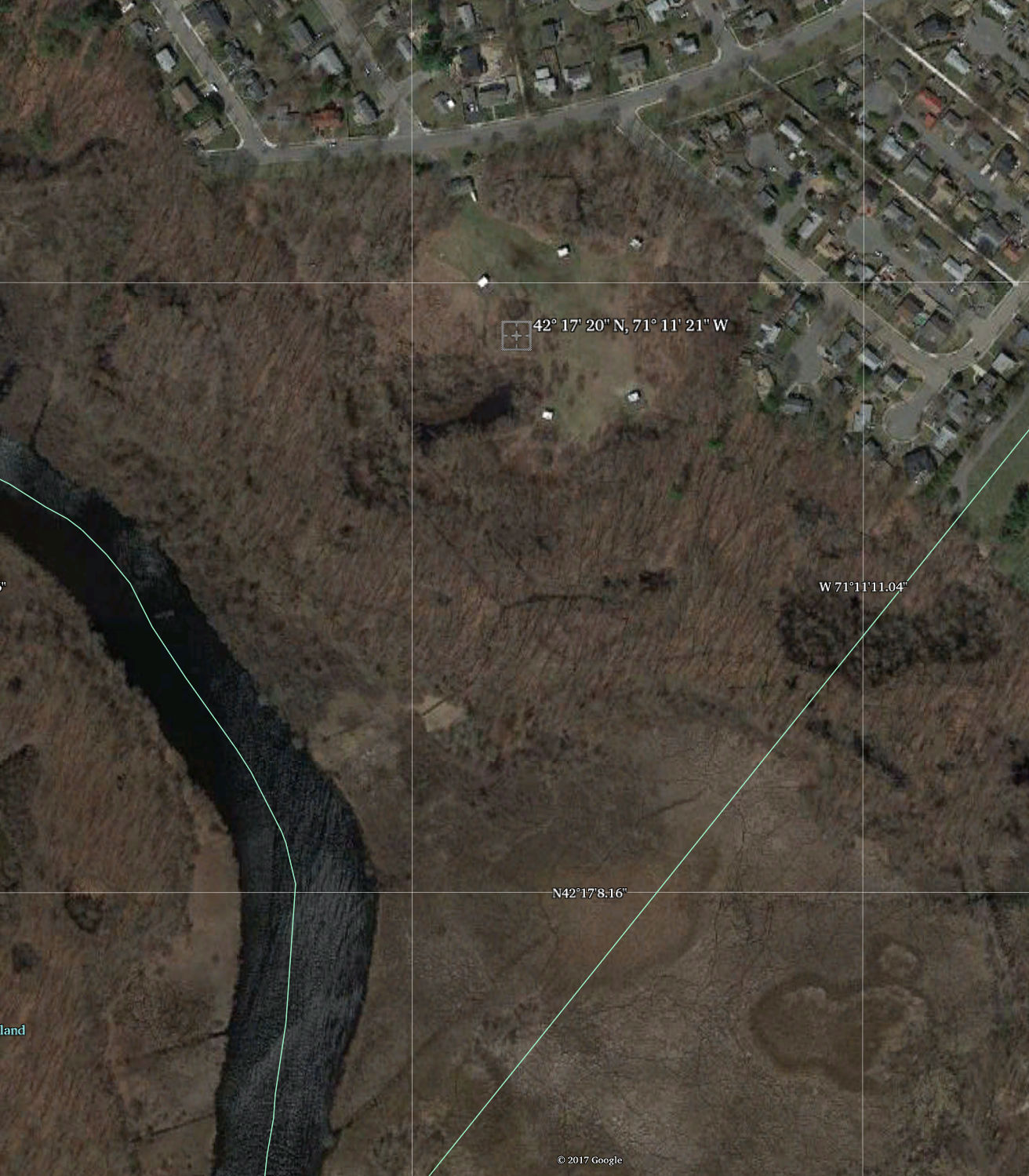Bloomberg LPFM coverage
In July 2017, Bloomberg Radio in Boston moved from 1200 kHz AM to 1330 kHz WRCA-AM, and simultaneously enabled FM translator W291CZ-FM on 106.1 MHz. The 255 meter elevation afforded by the 200 Clarendon building (former John Hancock building) in Back Bay gives a commanding view of the Boston area, just far enough from downtown so as not to be in the elevation null of the transmitting antenna. In-building portable radio coverage of W291CZ to the west is remarkable, working well in the high-population business offices important to Bloomberg Radio.

Bloomberg 106.1 FM coverage Boston
WCOD interferes with W291CZ to the east and south of 200 Clarendon, including at least through Dorchester, WCOD covers up Bloomberg Radio so much that it’s unlistenable. WCOD covers up Bloomberg in the vicinity of South Station, Back Bay, and so on until one block east of TD Garden, west of which the Bloomberg signal is OK.
The WRCA-AM broadcast originates 13 km from downtown Boston from the same tower complex and with similar power/antenna configuration as the former Bloomberg Radio broadcast from WXKS-AM on 1200 kHz.
FM Translator co-channel interference can be considerable vs. legacy high-power FM stations. Heading to the South Shore / Cape Code on I-93, after Exit 7 on I-93 onto MA-3, the 50 kW Cape Cod station WCOD covers up Bloomberg on 106.1 FM. FM translator permits for 106.1 FM have been issued for Fitchburg, MA and Worcester, MA further limiting DX coverage to the west and northwest.
The wide bandwidth of broadcast FM contributes to a very low capture ratio, so you’ll jump flip between music and talk radio without too much racket. WRCA / WXKS-AM share a 5-tower transmitter plant.
Considering FM Translator coverage vs. AM coverage, the notional coverage contour map of W291CZ-FM is optimistic for in-building coverage, but representative for automobile radio. The corresponding daytime coverage contour map for WRCA-AM and nighttime coverage contour map for WRCA-AM are also optimistic for in-building AM, yet show comparable coverage except for the South Shore (toward Quincy and Hingham).
FM Translators are useful to indirectly overcome AM interference. Over the past 5 years that AM radio has become increasingly unusable even in suburban settings and hotel clock-radios are increasingly FM only. Quality LED lighting interferes at least as much with AM radio as the compact fluorescent ballasts did. The only time I can make serious use of AM radio from home is during power outages!
FM translator can be used to switch AM broadcast to all-digital. Thus I welcome the 106.1 FM broadcast of Bloomberg Radio as an efficient use of spectrum. An even more efficient use of the AM spectrum would be for the FCC to expedite all digital AM-band broadcasting, as in urban areas increasingly the AM stations are just used for their 60 dBu contour within which to place FM translator coverage.